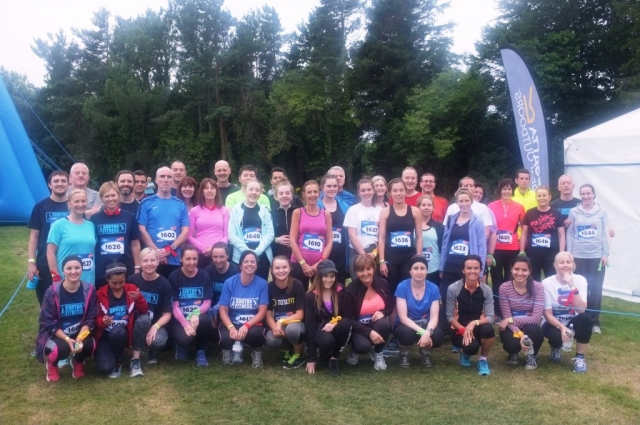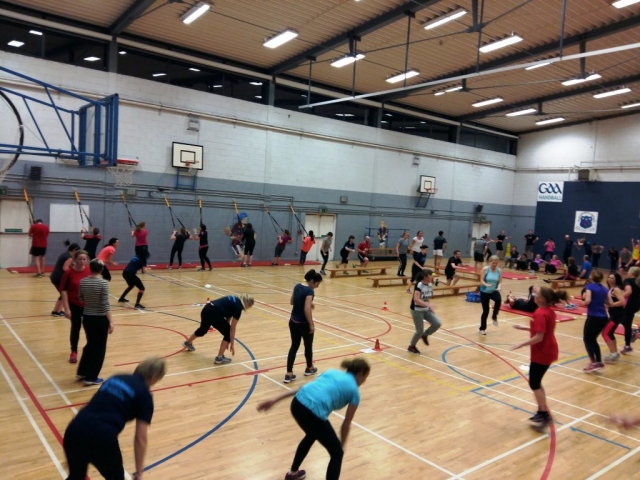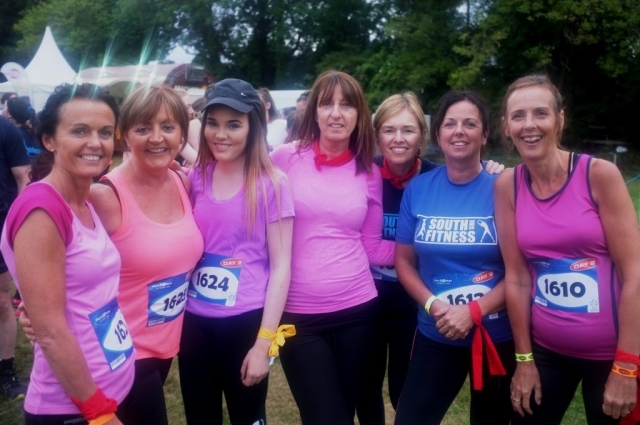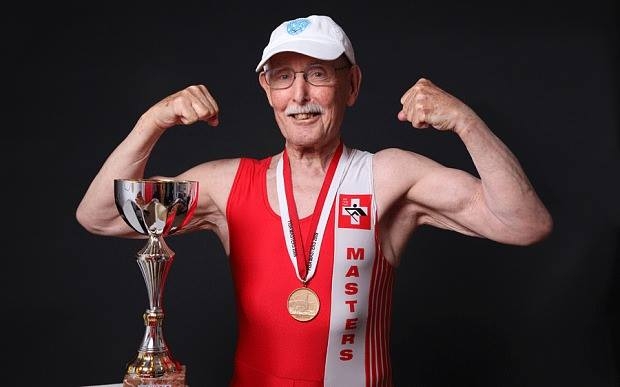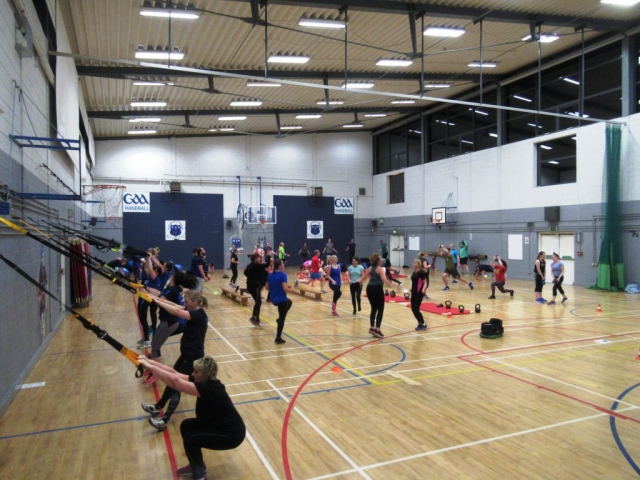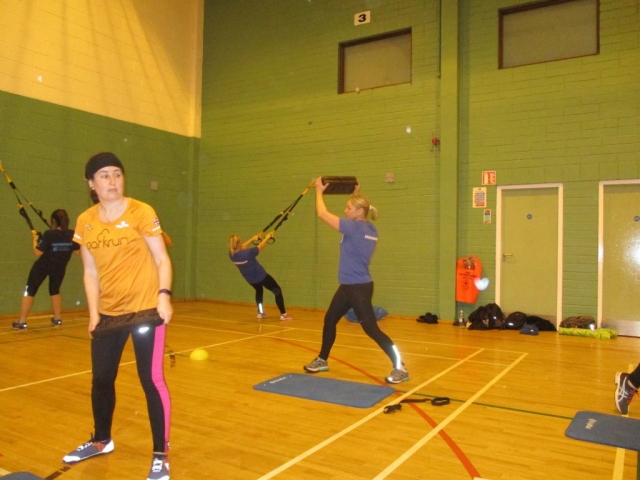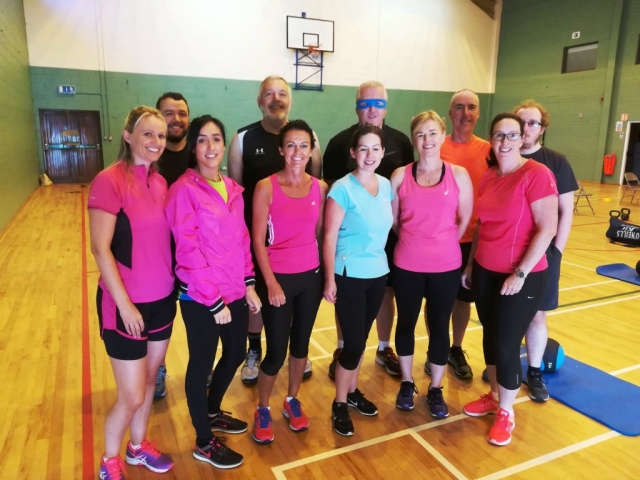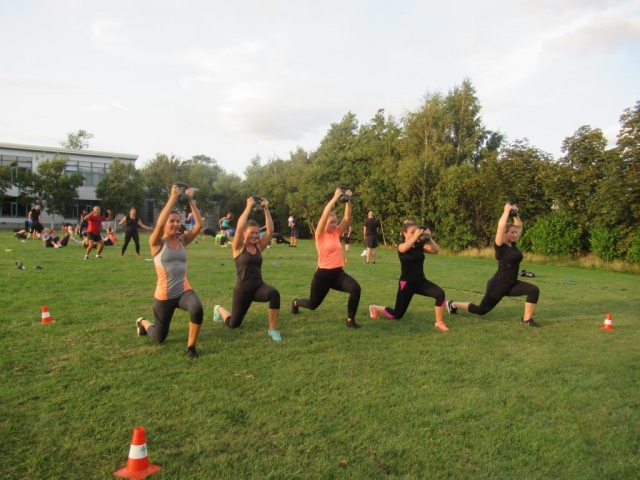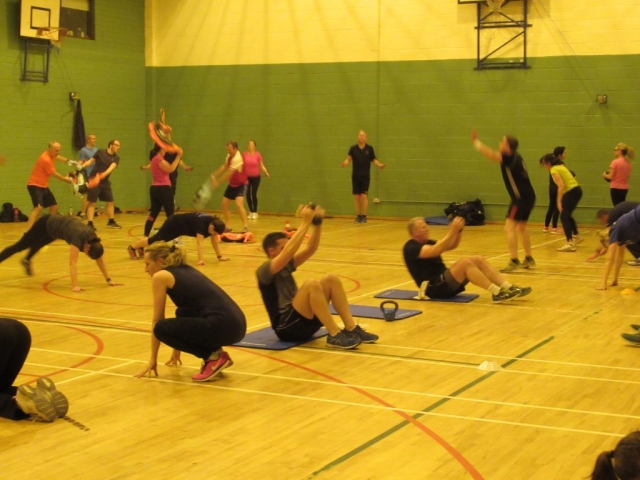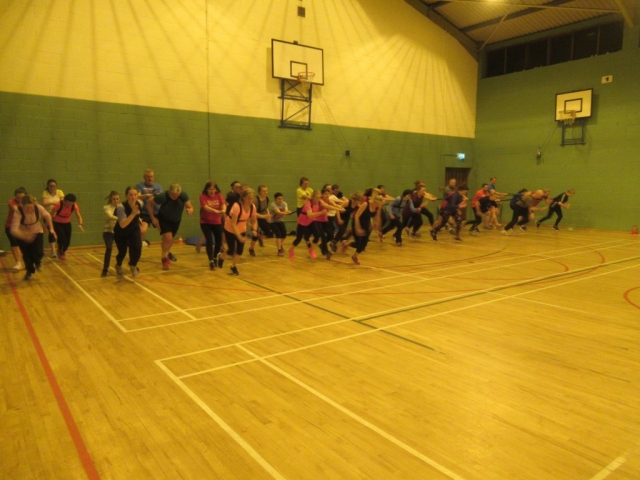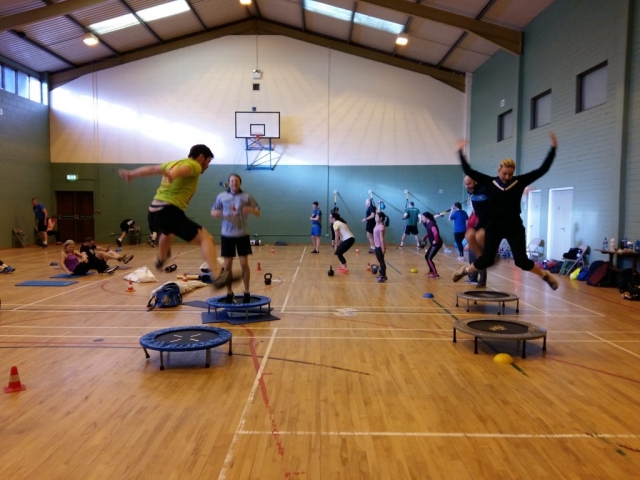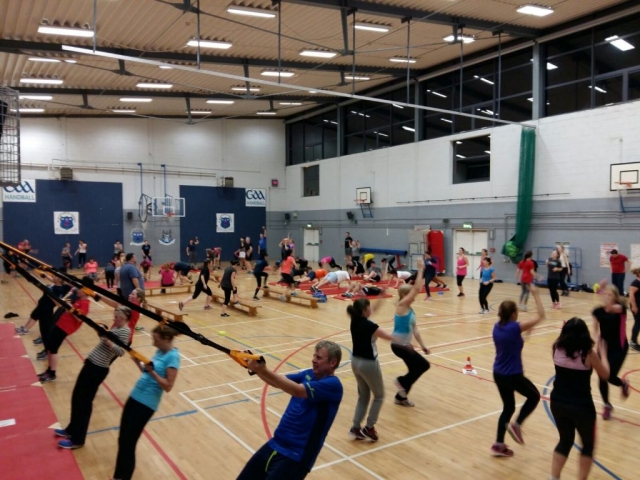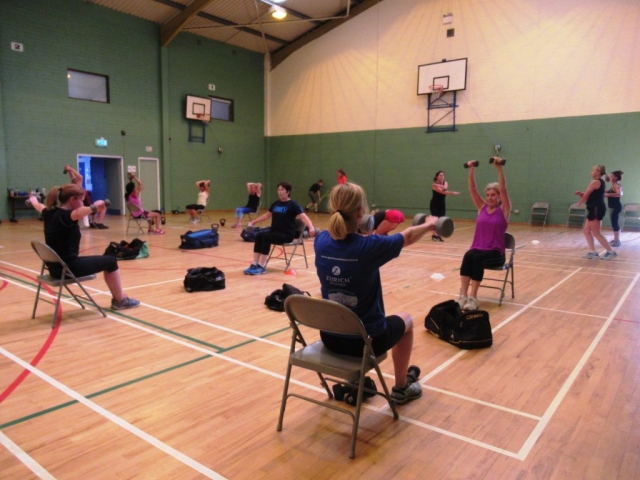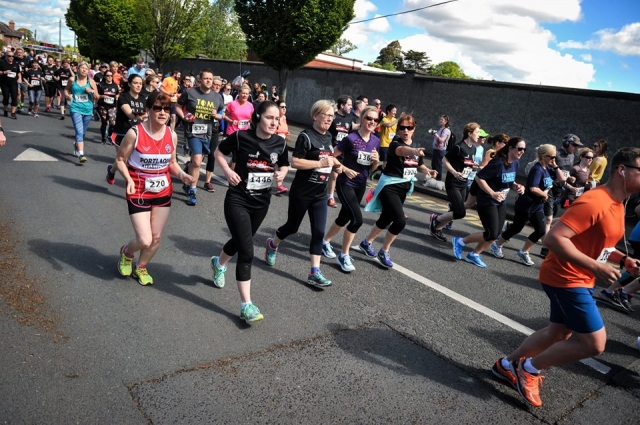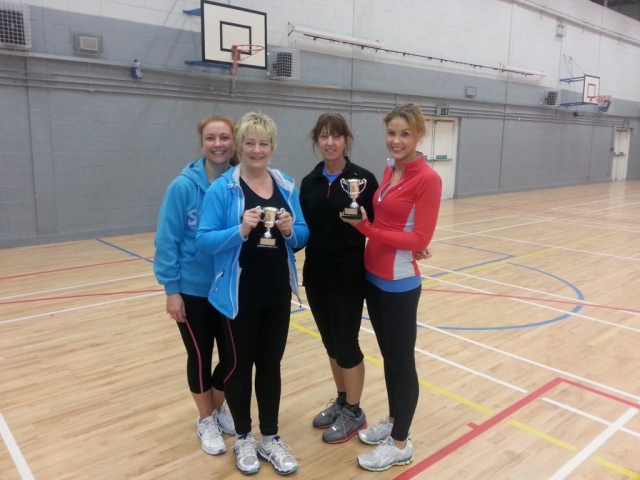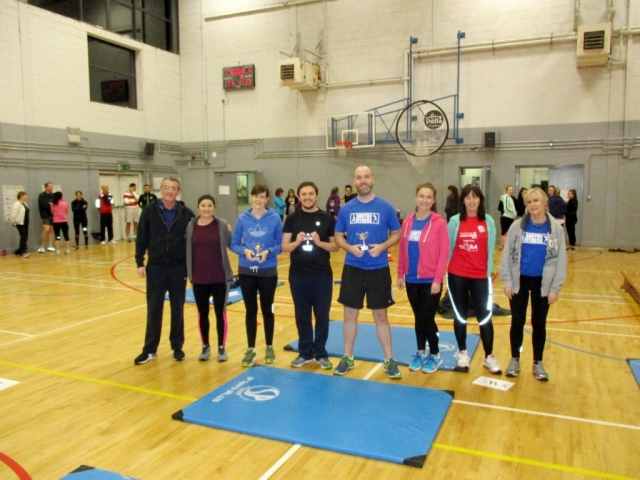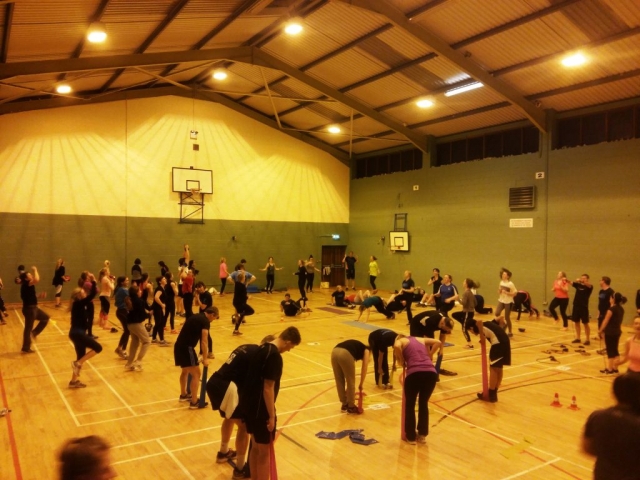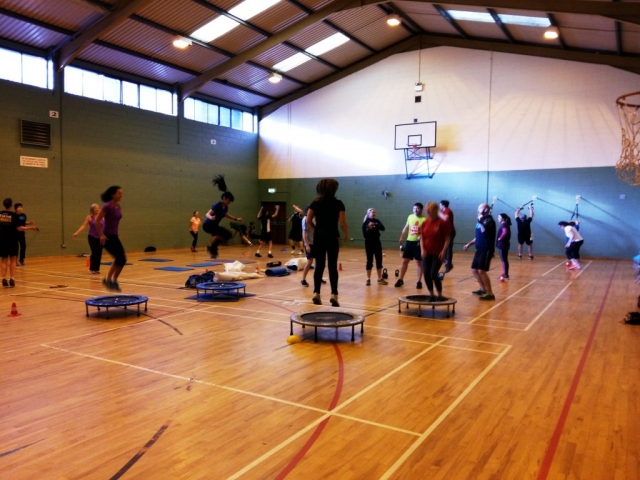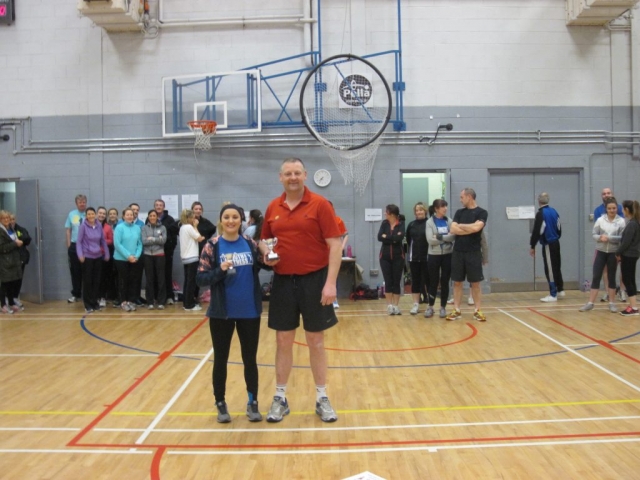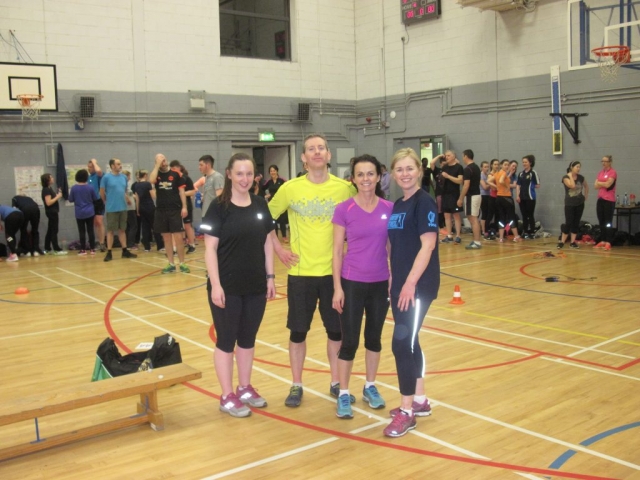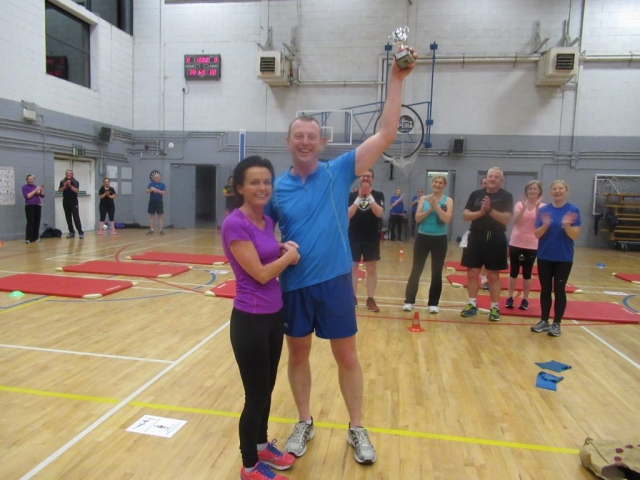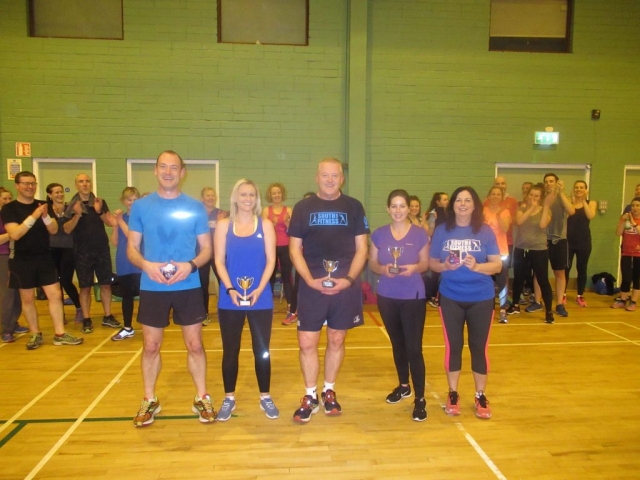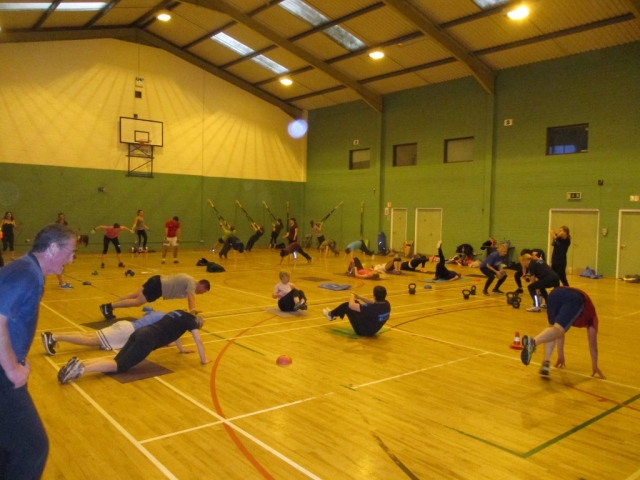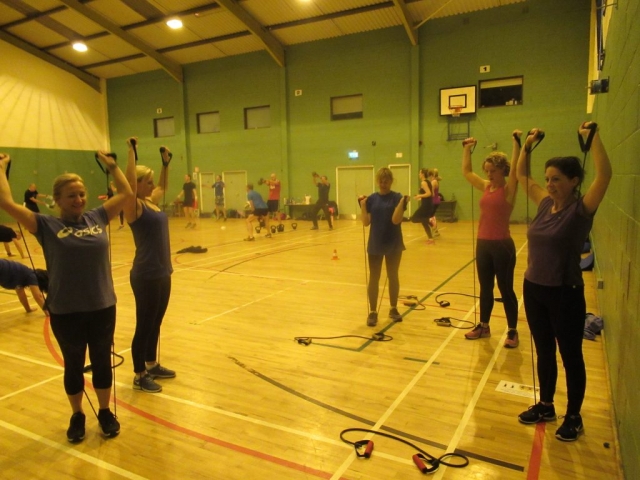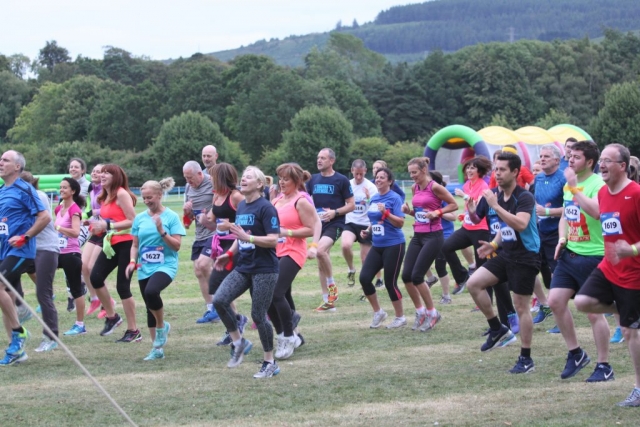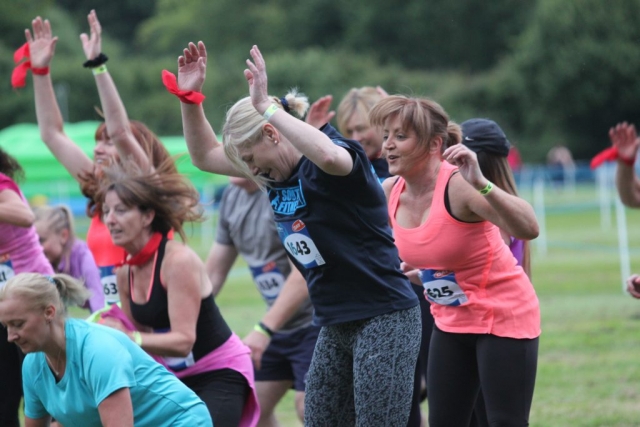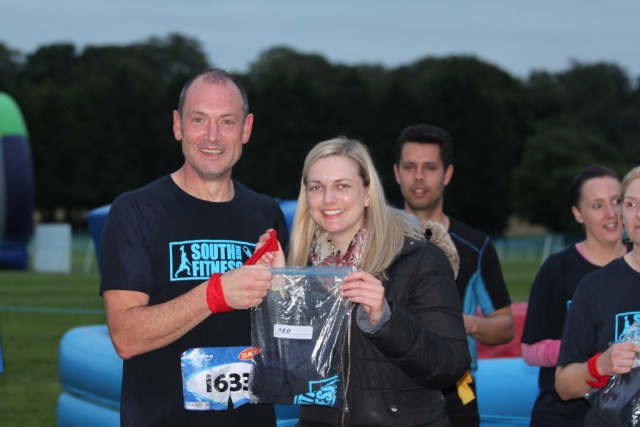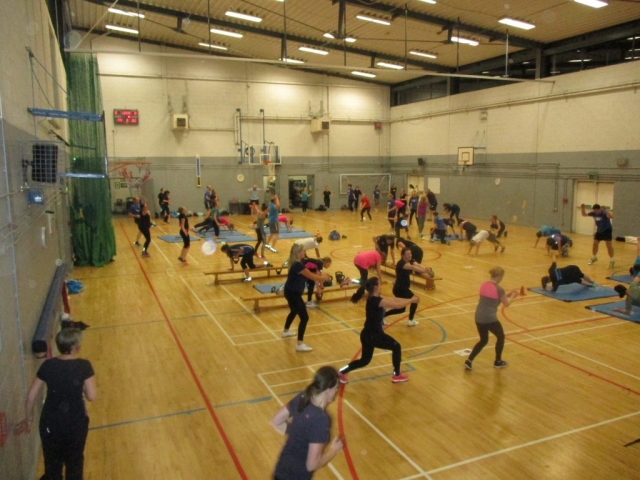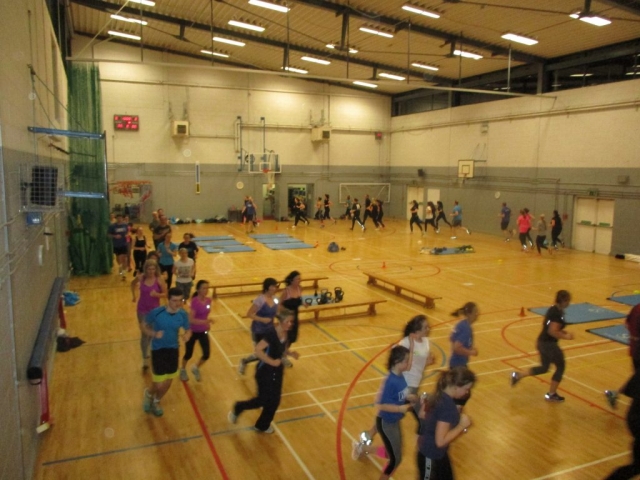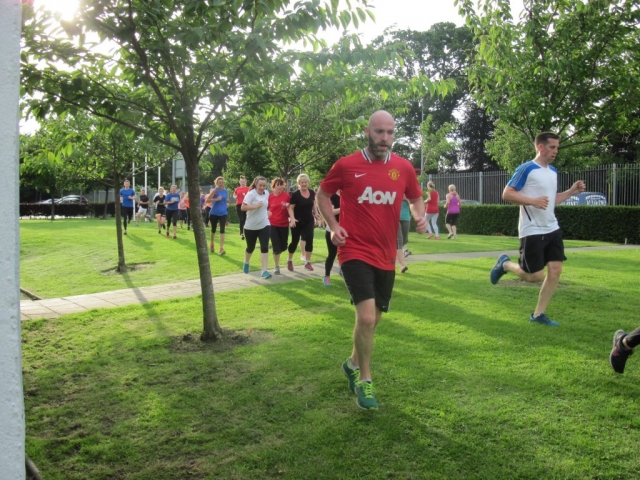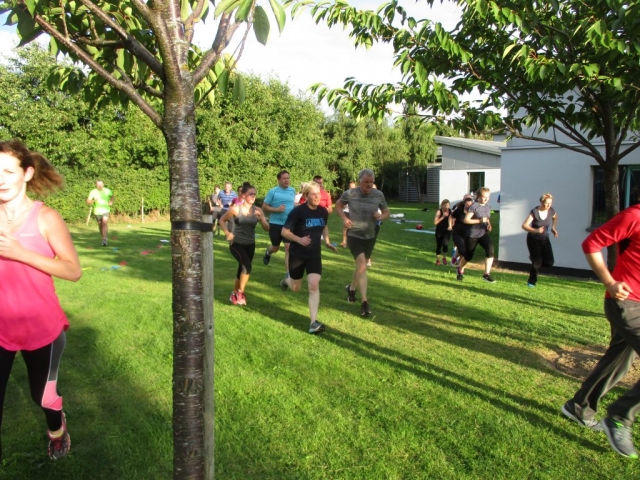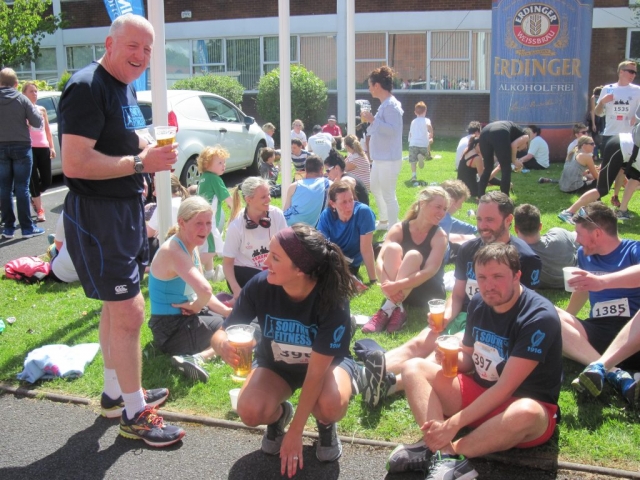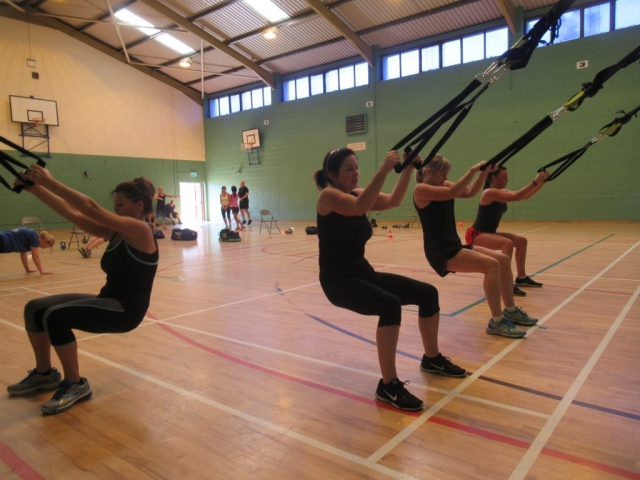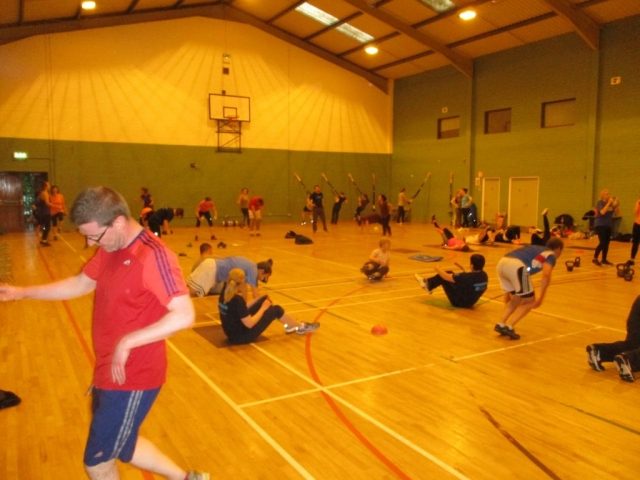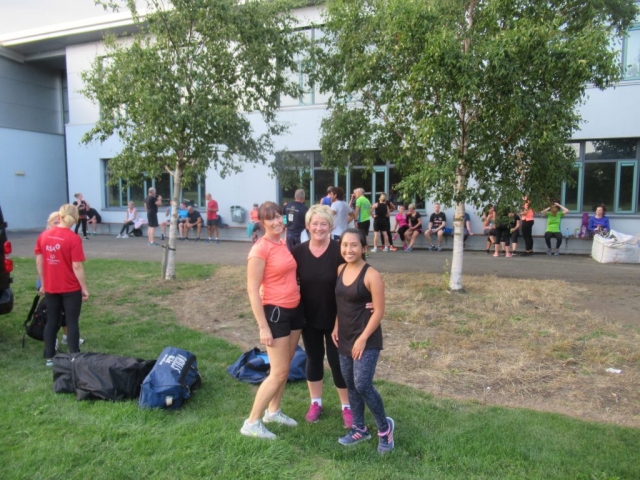HIGH-INTENSITY WORKOUTS COULD SLOW DOWN THE AGEING PROCESS BY A DECADE
HIGH-INTENSITY WORKOUTS COULD SLOW DOWN THE AGEING PROCESS BY A DECADE
Here’s a post from 2017 worth another read !!
Queen may have melancholically wondered who wants to live forever, but we’re pretty sure there’s a few people out there that actually do. There are a few remarkable lifeforms out there that appear to be able to regenerate their cells Doctor Who-style, meaning they can technically live forever – but this is something that’s currently beyond the capabilities of humankind.
Does a new study give the dream of immortality a credible boost, though? Writing in the journal Preventative Medicine, a team from Brigham Young University has discovered a strange way to slow down aging, but one that comes with a genuinely frustrating catch.
Age may be defined colloquially as how many times each of us has orbited the Sun – fair enough – but our cells don’t necessarily all age in the same way. If we have an unhealthy lifestyle, our cells worsen quicker than if we have a more pious style of living. It’s far less fun that way, but sadly it’s true.
It shouldn’t come as a surprise, then, that this new study has concluded that exercise, of all things, allows our cells to age far slower than they otherwise would. Specifically, adults with high-intensity exercise levels, such as 30-40 minutes jogging for fives days per week, appears to keep your cells nine years younger than your birthday cake would suggest.
It’s all linked to your cells’ telomeres, the protein hats that sit at each end of our chromosomes. Every time a cell replicates, the hats become shorter. The more they shrink, the more we age.
To wit, this study took a look at the data of 5,823 adults that took part in the Centers for Disease Control and Prevention’s (CDC) National Health and Nutrition Examination Survey. Apart from a whole host of other things, the telomere lengths of the participants were also recorded.
The team found that those with the shortest telomeres – and thus the greatest signs of cellular aging – came from those who lived a sedentary lifestyle. Those with intense activity had the longest and youngest telomeres.
Frustratingly, only quite severe levels of physical activity seem to make a difference in this respect. If you think you can age nine years slower by having a quick walk to the shops or even a brief go on the bike, forget it – the team found no significant differences in telomere length between those with low-to-moderate-intensity exercise levels and couch potatoes.
Although the youthful mechanism of telomere preservation is unknown, it’s likely because exercise suppresses inflammation and harmful chemical imbalances, both of which can damage those little chromosome hats.
So there you have it – if you want to stave off death for a bit longer, you’re going to have to sweat for it.
SUMMARY:
Regardless of the number of extra years that moderate and high intensity exercise can add to your life, there is one health factor that isn’t in doubt, and that is that regular weekly moderate and vigorous intensity exercises (150 -300 minutes of a mix of both) will improve your quality of life, by significantly reducing the risks of all disabling medical conditions and various chronic noncommunicable diseases.
‘Conclusive scientific evidence, based on a wide range of well-conducted studies, shows that physically active people have higher levels of health related fitness, a lower risk profile for developing a number of disabling medical conditions, and lower rates of various chronic noncommunicable diseases than do people who are inactive’. (World Health Organisation, Globel Recommendations on Physical Activity for Health 2010, P 23-27)
